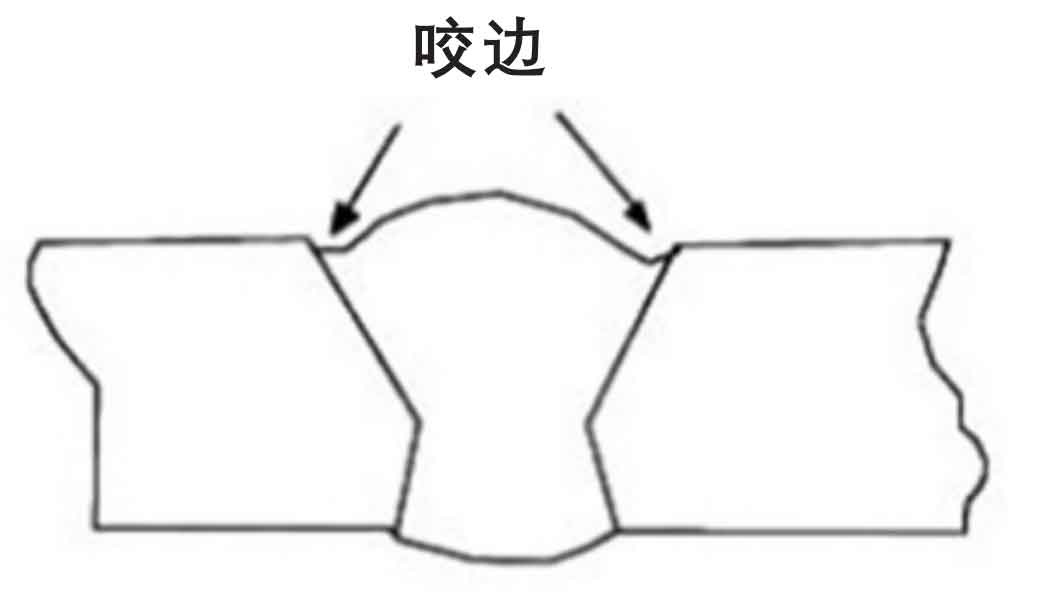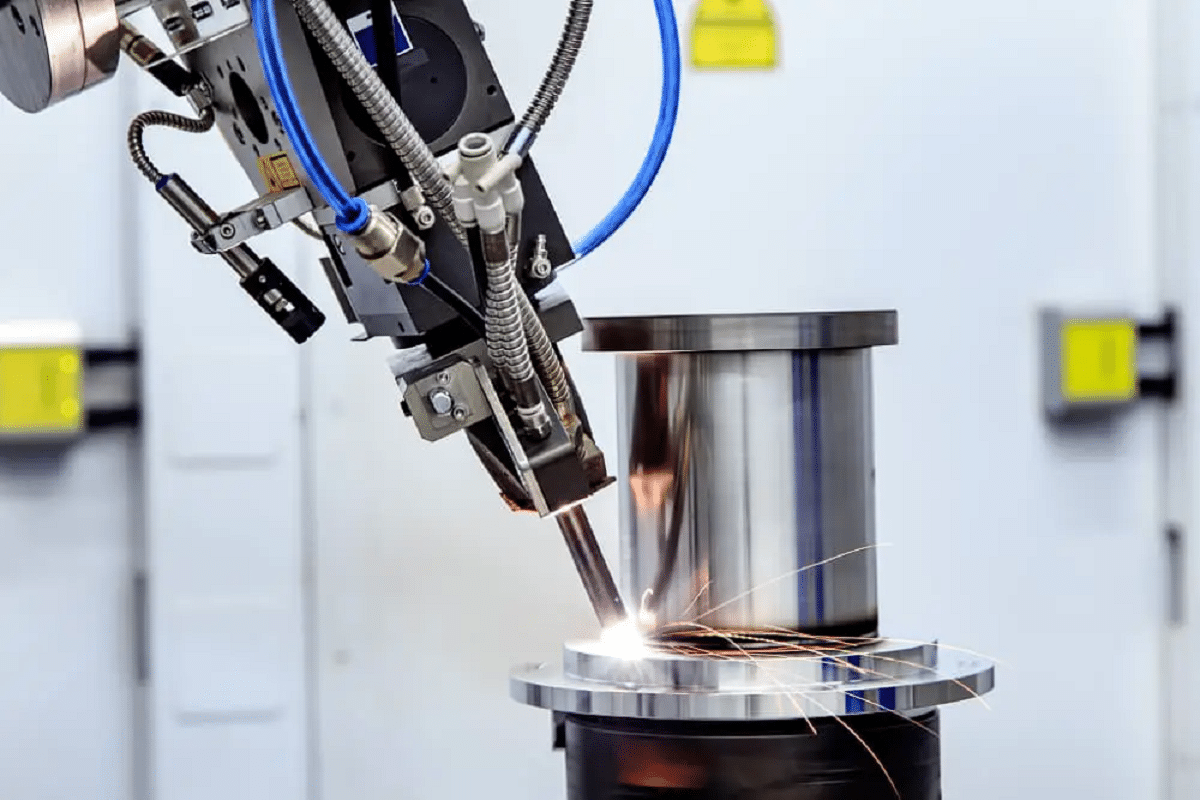Crucial Tips for Welders: Protecting Against Undercut Welding and Ensuring Stronger Weld Joints
In the world of welding, attaining durable and strong weld joints is the keystone of generating top notch job. One common difficulty that welders often experience is undercut welding, which can compromise the integrity of the weld joint.

Recognizing Undercut Welding
Undercut welding is an usual welding problem that happens when the weld metal stops working to appropriately fill the groove and results in a groove-like clinical depression along the weld bead. This defect damages the weld joint, making it susceptible to breaking and failure under anxiety. Damaging can be triggered by different aspects, including too much welding existing, high welding rate, inappropriate electrode angle, incorrect electrode size, and poor welding strategy.
One of the primary factors for undercut welding is an inequality between the welding existing and the welding rate. If the welding current is too expensive or the welding rate is too quickly, the weld steel might not properly fill the groove, causing damaging. Additionally, using an electrode that is also big can lead to a similar result, as the excess metal can not appropriately stream into the groove.
To avoid undercut welding, welders need to ensure they are utilizing the proper welding specifications, keep an ideal electrode angle, choose the appropriate electrode dimension, and technique correct welding methods. By dealing with these aspects, welders can decrease the danger of damaging and produce stronger, a lot more reputable weld joints.
Appropriate Welding Technique
Effective welding technique plays an important role in ensuring the quality and honesty of weld joints. One fundamental facet of correct welding method is maintaining the correct angle and distance in between the welding weapon and the work surface.
In addition, a steady and consistent hand movement is crucial for developing strong and sturdy weld joints. Welders must intend for smooth, uniform activities to ensure even circulation of the weld material. Correct manipulation of the welding gun and filler product is additionally vital to accomplishing ideal infiltration and combination.
Moreover, managing the warm input and selecting the proper welding specifications based on the product being bonded are essential consider accomplishing top quality welds - Preventing weld undercut. Welders need to adhere to the recommended settings supplied by welding treatment specifications and readjust them as required based on the details demands of the task. By grasping correct welding methods, welders can considerably enhance the strength and reliability of their weld joints
Choosing the Right Electrode
When considering the significance of selecting the best electrode in welding applications,Maintaining the proper angle and distance between the welding weapon and the workpiece is basic. The choice of electrode plays a vital duty in establishing the quality and toughness of the weld joint. Electrodes can be found in various types, each created for particular purposes and products.
Firstly, picking the appropriate electrode size is essential. Thinner electrodes are appropriate for welding slim materials, while thicker electrodes are better for thicker materials and greater heat applications. Matching the electrode size to the density of the work surface aids accomplish a well balanced weld.
Secondly, understanding the material composition of the electrode is vital. Various electrodes are developed for welding details materials like steel, stainless steel, aluminum, or cast iron. Making use of the right electrode product guarantees great blend and lessens the danger of defects in the weld.
Last but not least, considering the welding placement and technique is essential when choosing the electrode type. Certain electrodes are much better matched for above or vertical welding settings, while others work well for level or straight placements. Picking the ideal electrode based upon the welding method improves the total weld top quality and integrity.
Preparing the Base Metal
To make certain an effective welding process, what first steps should be taken when preparing the base metal for welding? Additionally, any existing weld product or residue from previous welding should be removed to make sure a clean surface for the brand-new weld.

Performing Post-Weld Assessments

After conducting these assessments, welders have to contrast the results against industry criteria and project needs to make certain that the weld joint meets all necessary requirements. Any variances or insufficiencies uncovered during the post-weld examination ought to be promptly dealt with with ideal corrective measures to guarantee the weld's honesty. By diligently carrying out post-weld inspections and immediately dealing with any kind of issues, welders can support the quality and dependability of their work, ultimately adding to the safety and durability link of the bonded frameworks.
Final Thought

To conclude, avoiding undercut welding and ensuring stronger weld joints need a mix of correct welding method, choosing the right electrode, preparing the base metal appropriately, and carrying out post-weld examinations. By comprehending the reasons for undercut welding and applying the necessary safety measures, welders can produce high-quality weld joints that meet market standards and ensure the architectural honesty of the bonded parts.
Undercut welding is a common welding problem that takes place when the weld metal stops working to properly load the groove and results in a groove-like clinical depression along the weld grain (Preventing weld undercut). Undercutting can be caused by various variables, including extreme welding present, high welding speed, inappropriate electrode angle, wrong electrode dimension, and check this poor welding technique
One of the main reasons for undercut welding is an inequality between the welding current and the welding speed. If the welding current is too high or the welding rate is also fast, the weld metal may not effectively fill the groove, leading to damaging.Maintaining the correct angle and range in between the welding weapon and the workpiece is essential when thinking about the significance of choosing the appropriate electrode in welding applications.